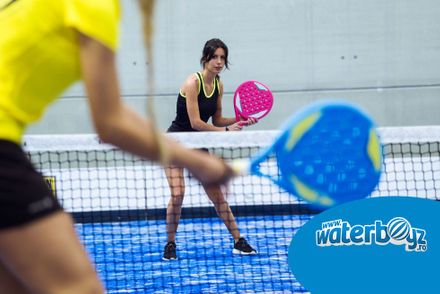Padel, a sport with its origins in 1960s Mexico, developed as an alternative to tennis, played on a much smaller court but with many similar features. Learn more about the history and specifics of this sport, as well as how to set up a playing court.
Rules of Padel Explained for Everyone
Padel is played in doubles and contested on a specific sports field, enclosed by glass walls or metal netting. In terms of appearance, the padel court is similar to a tennis court. The objective of the game is to hit the ball into the opponent team's half without it touching the ground twice, while adhering to certain rules for serving and hitting.
Serving rules in padel are important to start the game correctly. The serve must be made diagonally from behind the court's baseline. The ball is struck at waist level or lower, and it must pass over the net and hit the opponent's court before being returned. If the serve is successful and the opponent cannot return it, the point is won by the serving team.
Padel uses a scoring system similar to tennis, with minor differences. Victory is achieved by winning at least two sets, each set consisting of 6 games. To win a game, a team must earn at least 4 points and have a lead of at least 2 points. If the score reaches 40-40, a decisive point called the "golden point" is played.
One of the peculiarities of padel is the use of the walls during the game. The ball can be hit after bouncing off the wall, as long as it has not touched the ground twice. This aspect adds an additional dimension to the strategic gameplay, providing players the opportunity to change the ball's direction and introducing an element of surprise.
Equipment Needed to Play Padel
Specific equipment is essential for players to fully enjoy this sport. There are a few key elements:
1. Padel racket: Different from a tennis racket, it has a smaller tear-drop shape. The best padel racket models match the player's skill level and playing style. A lightweight racket is suitable for beginners, while advanced players should opt for a heavier, balanced racket.
2. Padel balls: Similar to tennis balls but with lower pressure and less elasticity. These are designed to suit the specifics of playing on a padel court. Balls with medium pressure are most commonly used.
3. Special clothing and footwear: During padel games, it's recommended to wear appropriate attire and footwear. Clothing should be comfortable, stretchy, and allow free movement. Special padel footwear offers grip and stability on the court.
4. Additional accessories: Knee pads provide joint protection and reduce the risk of injuries. Protective eyewear shields the eyes from the impact of a ball traveling at certain trajectories. Handgrips absorb sweat and improve racket grip, while an equipment bag is useful for organized storage and transportation.
Choosing the Right Location for a Padel Court
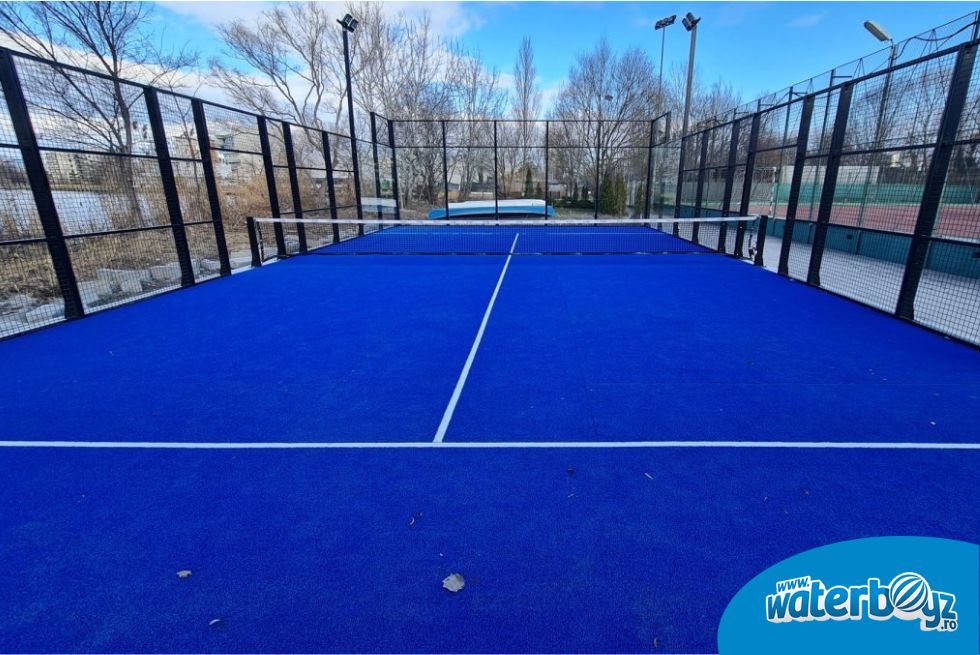
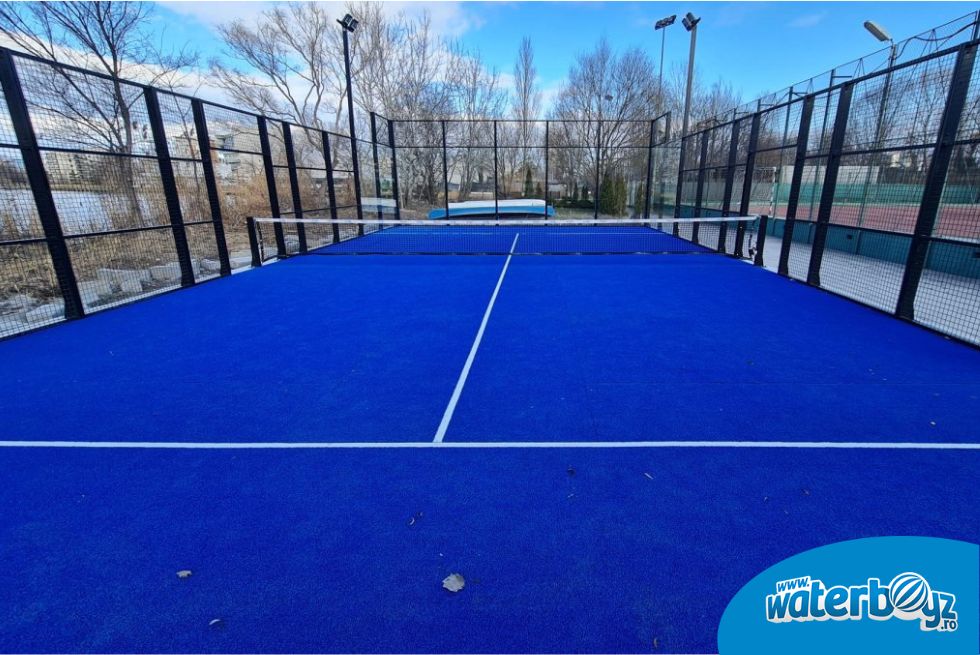
To choose the right location for a padel court, several factors need to be considered:
First and foremost, the placement of the court should be analyzed based on the area it's situated in. If the court is in an urban area, it's important to ensure that there's enough space available to provide additional facilities such as changing rooms and restrooms.
Additionally, proximity to other centers and public institutions can be an important aspect to consider. A padel court located near other sports clubs, schools, or parks can attract a larger number of players and foster a stronger sports community.
Another crucial aspect is accessibility through public transportation. A padel court located near a bus or subway station can be more easily reached, potentially leading to increased popularity in a shorter timeframe.
Regarding surface conditions and topography, the court should be flat and equipped with proper drainage systems to prevent water accumulation during rains. It's also important to consider the court's orientation to avoid direct sun exposure on players and minimize the impact of UV rays on visibility.
Before constructing a padel court, it's essential to check local regulations and obtain the necessary construction permits. Regulations and legal requirements can vary by jurisdiction, so thorough research is important.
Last but not least, budget and costs must be taken into account. Building a padel court can incur costs that vary based on materials used, additional facilities, and the type of enclosure, such as a Classic Padel Court with netting or a Panoramic Padel Court with glass walls. A properly sized budget and a well-constructed business plan are essential during the startup phase.
The Most Significant Benefits Associated with Padel
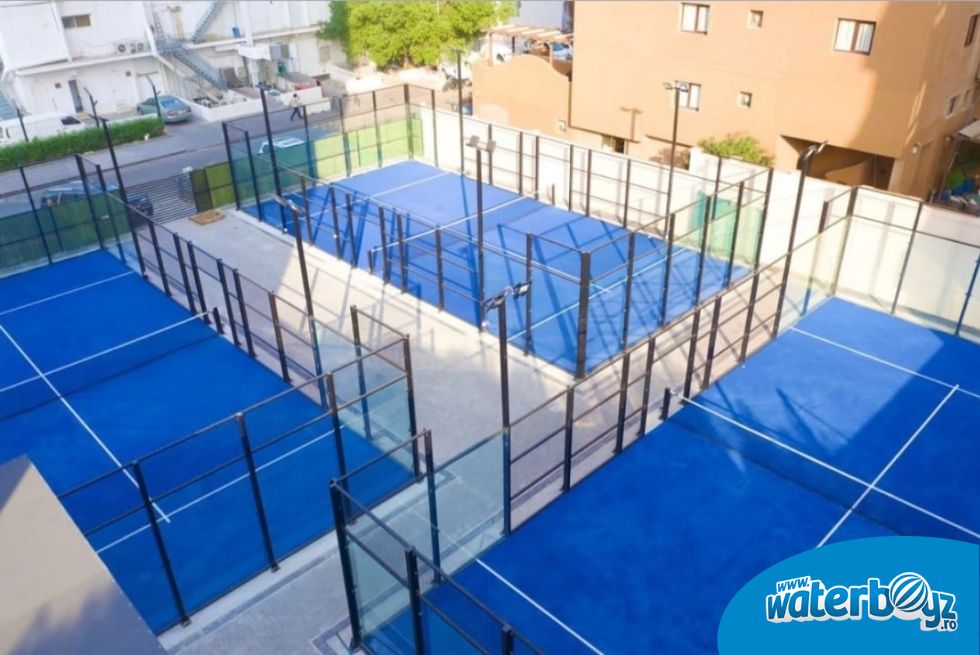
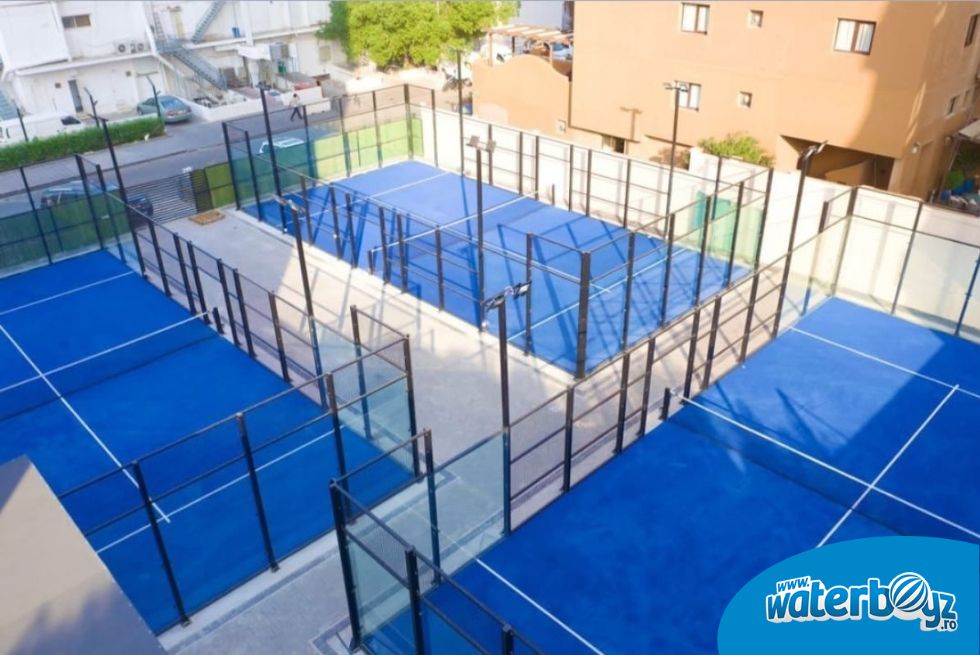
This racket sport offers numerous benefits for both players and those developing a business with panoramic padel courts:
1. **Improved Physical and Mental Health:** Due to its specific dynamics, padel contributes to toning muscles and improving cardiovascular endurance. Long-term padel practice also helps increase flexibility and hand-eye coordination.
2. **Development of Social Skills:** Padel is a team sport that encourages interaction and cooperation with other players. The padel court provides an ideal space to meet new people and develop social relationships, enhancing the quality of life for each individual.
3. **Accessibility and Simplicity of Rules:** Padel can be played by people of all ages and different levels of physical fitness. The rules are easy to understand, and the cost of basic equipment is affordable. Therefore, it's an attractive and suitable sport for a large portion of the active population.
4. **Benefits for Entrepreneurs:** With the help of solutions available in Waterboyz Romania's offerings, you can set up a fully equipped space with panoramic padel courts, adhering to the highest quality standards in the field of sports recreation. Such a business provides numerous long-term benefits, closely interconnected:
- Popularizing this sport within the community.
- Generating profit through renting out padel courts.
- Organizing competitions for amateurs and professionals.
- Establishing new partnerships with entities interested in sports.
All these benefits contribute to building a community of enthusiasts for this sport, whether they are players or strategic partners. Such local dynamics provide the ideal framework for generating profit. Therefore, explore the solutions for setting up padel courts and seek the support of Waterboyz Romania's specialists to make the best business decisions!




































































































































